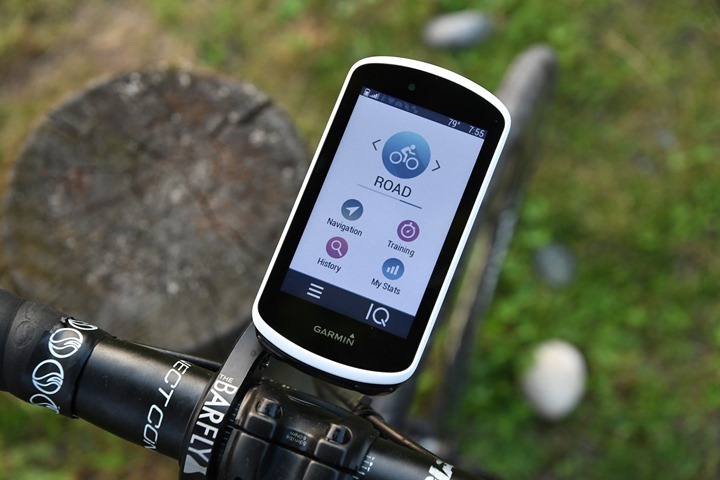For startups, public relations is one of the most valuable and cost-effective pieces of a marketing mix in comparison to other channels, such as advertising.
Top-tier publications create broad awareness and give your company credibility as a leader in your industry. Trade publications are great for driving qualified leads. To get all of this coverage, it helps to have an interesting and differentiated product and a unique point of view. The following are five key points to consider as you launch your PR program.
1. Use PR to drive your business, not the other way around.
First and foremost, you must focus on growing your business. PR will help raise awareness and drive qualified leads, but don't pursue PR for its own sake. As exciting as press coverage is, resist the temptation to prioritize press over what is best for your business.
For example, you might have a great content idea that you know will be of interest to clients, but isn’t of great interest to top-tier journalists. If you think it will move the needle with clients, publicize it. Generating qualified leads for sales is the highest priority in marketing. General awareness is second.
Case studies can be a great tool for raising awareness, but they are not a “one-size-fits-all” solution for every startup. Case studies can tell a story about the value of your product through a recognizable brand.
They can be problematic, however, if the purpose of your business is to secure your client’s sensitive data. Your client might not want to publicize the use of your service for a number of reasons. If your client is open to a case study, you will likely need to incentivize them with free or discounted product.
Most good case studies will take a tremendous amount of effort for your B2B tech startup. You cannot fully control the outcome, either, as you will ultimately be dependent on your client for approval. In short, you can’t rely on case studies to drive your PR program or your business forward.
2. Company spokespeople must have a unique point of view.
Once you have committed to prioritizing your business, you are ready to build a successful PR program. Now you need to have something newsworthy to say to the media.
The success of your PR program hinges on your executives’ clarity about company strategy and industry direction, and of course, their unique point of view. It will certainly help if your company has an interesting product and your spokespeople have the experience and credentials to validate their role as thought leaders.
How do you establish your spokespeople as thought leaders with a newsworthy point of view? Start with rapid content creation. Come up with 50 interesting topics and hire freelance writers to help your team produce blogs on all of them. Incorporate the blogs into ebooks. Pull data from your platform for research whitepapers.
Show, don’t tell, the media how fascinating you are, and your PR program will take off.
3. Quality over quantity.
Work on getting coverage in high-value publications, both top-tier and mid-tier, rather than getting coverage in the highest number of publications with no regard for quality. Both top-tier publications and mid-tier trade publications can be of great value to your business. An exclusive in The Wall Street Journal may be worth more than coverage in dozens of smaller publications.
You will have to work your way up to coverage in top-tier publications, so don’t turn down smaller ones as you grow. Publication quality, however, isn’t only defined by reaching the biggest number of readers. Publications specific to your industry will likely drive more downloads of your content and more qualified leads.
4. A balanced approach to measurement.
Strike a balance between these two philosophies:
“If you’re not measuring, you’re not marketing.”
“What’s measurable isn’t always meaningful, and what’s meaningful isn’t always measurable.”
It is important to set and meet your quantifiable press-coverage goals every quarter, to ensure you stay focused on creating great content, raising awareness for your company, and getting return on investment from your PR efforts.
To deliver quality over quantity in your PR program, however, do not focus solely on the amount of coverage you get in comparison to your competitors. Driving your PR team to increase the number of pieces of coverage, regardless of publication quality or readership, may not achieve your awareness and lead-generation goals.
Be sure to aggressively measure your PR results, and make sure those results are meaningful.
5. PR freelancers are perfect for startups.
Now that you have your strategic priorities in place, newsworthy content to share, and a plan for how to effectively measure your PR, you’re ready to find a great PR partner to help you get coverage. PR freelancers allow startups to focus on the business, not meeting a retainer.
The most important criteria in selecting a PR partner is their fit with your leadership and alignment with your business objectives. If you have a marketing team that has a good understanding of PR and creates interesting content, a great freelancer can be the perfect resource to help you place articles, land media briefings and grow your media presence along with your business.


No comments:
Post a Comment